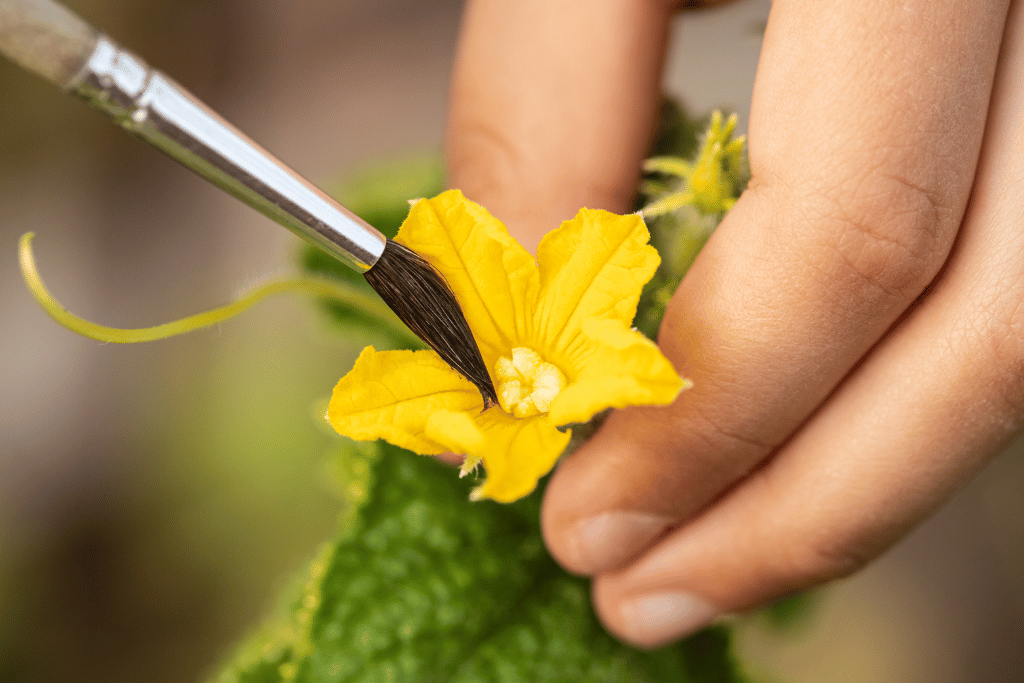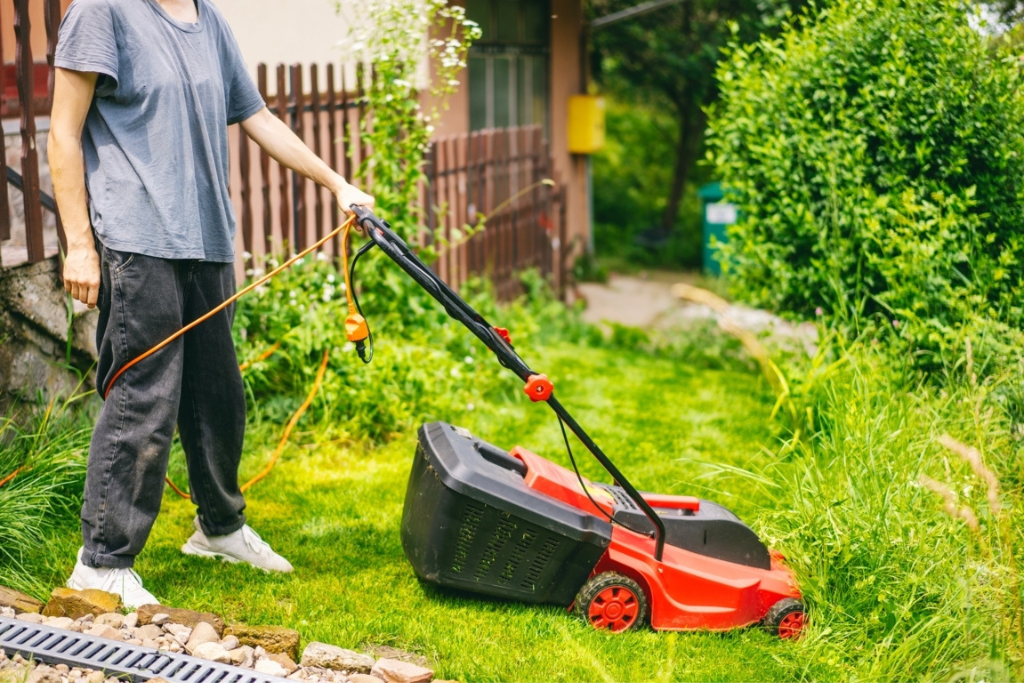
As a passionate plant parent, I take my green friends seriously. And when it comes to producing cucumbers, the importance of pollination is no joke!
Learning how to identify a pollinated cucumber can be the difference between harvesting success or failure, especially for those new to gardening. Thus, I’m willing to share all that I’ve learned on this subject including how to tell if cucumber is pollinated, looking for signs of pollination and tips to maximize the pollination process. It’ll be an exciting journey full of surprising facts and helpful tips! So let’s get started and grasp everything we need to know about cucumber pollination.
Pollination Process and the Role of Bees

Let’s start out by discussing the bees and cucumbers. Cucumber plants possess both male and female flowers, yet require assistance to make it happen – that is where bees come in! As natural pollinators, these tiny creatures have a critical role when it comes to the cucumber’s successful pollination process; when they visit the male flowers, they take away pollen which is then spread on the female blooms. It’s like a romantic rendezvous in the garden.
What Do Pollinated Cucumbers Look Like?

Now that we understand the process, let’s admire the rewards! Pollinated cucumbers typically appear straight, plump and solid. Additionally they have a slightly waxy layer with minor spines on their skin. For example if you are planting pickling cucumbers, observe out for those precisely 3-4 inches long; it is just the right size to be picked!.
Factors Affecting Cucumber Pollination

Don’t be disillusioned if your cucumber pollen count is not as high as you would like – it’s often due to external factors, such as temperature, humidity and the presence of pollinators. It isn’t necessarily a reflection on your green thumb; some batches of cucumbers are simply better suited for pollination than others.
Signs of Pollination in Cucumbers: A Closer Look

Pollination is an essential mechanism that plants, including cucumbers, rely on to yield their fruit. Without this process of pollination taking place, the development of any plant’s fruits will be hindered.
Here are the signs of pollination in cucumbers:
Visual Cues
Pollination in cucumbers is easily recognized by the presence of female flowers, which can be identified by their small fruit situated at the base. In contrast to these, male flowers have no fruiting bodies and are instead noted for their bright yellow color that attracts bees looking for nectar and pollen. If you spot any honey bees buzzing around your cucumber blooms then it’s a surefire sign that pollination has occurred!
Appearance of Female Flowers
Following the pollination of a flower, you’ll start to observe the ovary swell and enlarge as it begins to form fruit. The petals will droop off in due course too. If all goes well, within several days after being pollinated, you should notice a small cucumber has begun taking shape!
Growth and Development of the Fruit
After an effective pollination, the cucumber will not only begin to grow and extend in size but may also start developing small spines on its skin. In order for your fruit to mature correctly, it is essential that you keep providing healthy water and nutrients throughout this period. You’ll be rewarded with a fully developed cucumber eventually!
Other Indicators
If you’re still pondering if your cucumbers have been pollinated, there are other indicators to observe. You may detect that the stem of the vegetable will become yellowish and its skin slightly waxy when touched. Additionally, as it begins to mature, the cucumber will turn plump and firm – a sign that pollination has succeeded.
Presence of Pollinators
As previously mentioned, bees are integral to the pollination of cucumbers. Consequently, if you observe them swarming around your plants it is a sign that they’re actively engaged in pollinating your cucumbers. Bees are attracted to the striking yellow color of male flowers; therefore, make sure you plant your cucumbers somewhere visible for them!
For any farmer or gardener, being able to detect the signs of pollination in cucumbers is necessary. It will let you know whether your efforts are paying off and allow you to adjust accordingly for a higher yield of vegetables at harvest time.
Tips for Maximizing Pollination Success

Struggling to get your cucumbers to pollinate naturally? Hand-pollination is a great option! Take a soft brush or cotton swab and transfer pollen from the male flowers inside the female ones. Repeat this process several times for maximum success, then watch as your cucumber plants start flourishing with beautiful blooms.
Don’t forget to create an inviting habitat for pollinators. Adorn your garden with a variety of flowering plants like lavender and sunflowers, which will boost the bee population around your home. Additionally, plan out when you plant and harvest accordingly so that flowers are blooming throughout different seasons!
Although cucumber pollination may seem like a minor task, it is essential for the production of healthy and abundant cucumbers. So next time you’re strolling through your garden, take a minute to admire the bees as they diligently build their hive and humbly provide us with this invaluable service.



